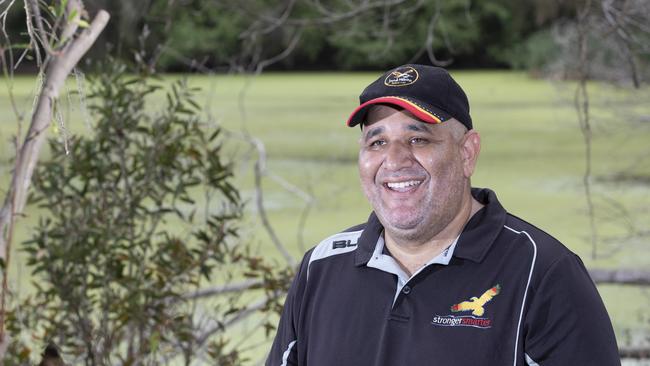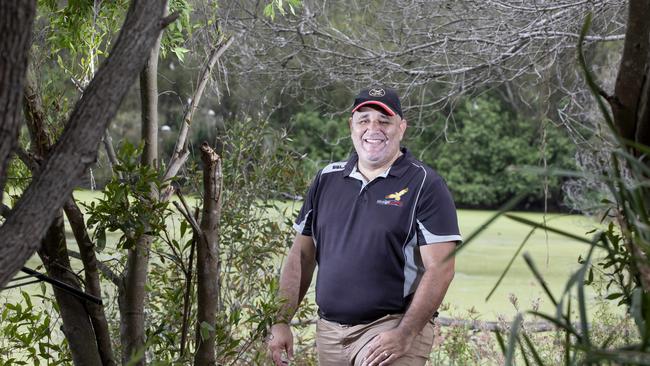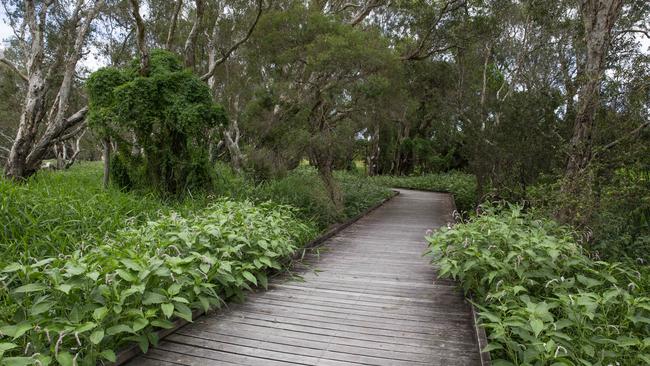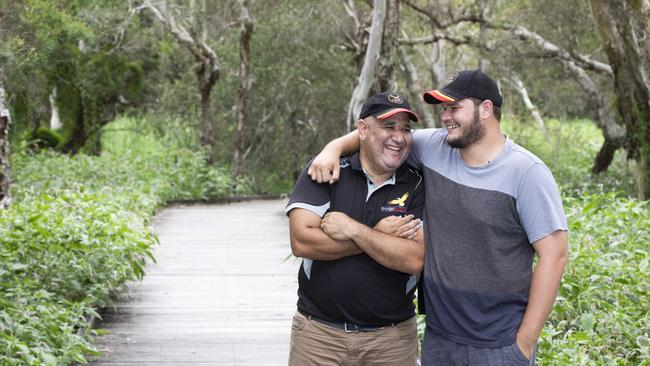Indigenous leaders stand guard over Eagleby Wetlands
Changes are afoot for one of southeast Queensland’s most beautiful conservation reserves but one indigenous leader is making sure our natural history is protected.

Logan
Don't miss out on the headlines from Logan. Followed categories will be added to My News.
EAGLEBY Wetlands has been a sanctuary for bird lovers, bushwalkers and nature lovers for hundreds of years.
Nobody knows the history of the lakes and conservation area better than Dr John Davis, an aboriginal and indigenous guardian of the area’s heritage.

Dr Davis, who is chief of research with the National Training Institute Stronger Smarter, is a traditional owner of the western plains of the Bunya Bunya and a member of the Cobble Cobble clan, who are carpet snake and freshwater people.
His family moved to the area in the 1970s. Since then, he said, there have been many changes to the wetlands with more to come when Logan City Council implements findings from a draft concept plan. It will incorporate public suggestions for the area including explanatory signage, additional seating and pontoons, CCTV cameras and boardwalks.

Dr Davis, who did his PhD in Indigenous Education Community Development, said the wetlands were important because they represented the last remnants of “the natural lay of the land”.

“The Traditional Owner Dreaming stories explain the lay of the land through great legends like Kheehdahn’s stories on the creation of Pimpama which you can read at yugambeh.com,” he said.
“The areas of the Eagleby Wetlands and surrounding waterways are reflective of this swampy or marshy creation beginnings.
“In areas of the south east, the wetlands represent a significant place of mimburi.
“Mimburi was a concept or way of thinking and living which led to the gazetting of first national parks. Places such as Tamborine and Bunyas were areas of great mimburi and as such, their significance cut across white (migloo) and Murri cultures.”

As a significant place of “flow” Eagleby Wetlands is boarded from one edge of the park by great white gums to the other end.
Local elders have described them as “the warriors of the wetlands”. The trees bare Traditional Owner scarifications, which act as markers on trees for areas of significance and areas where trees were used to create flow and build canoes.
In a link from the past to now, Eagleby’s indigenous Men’s Group, run by Jinndi Mibunn, (bhdc.org.au) holds men’s yarning and cultural meetings every month at the site of the great trees.

Dr Davis remembered fishing, playing and laughing in the area as kids with family and friends.


